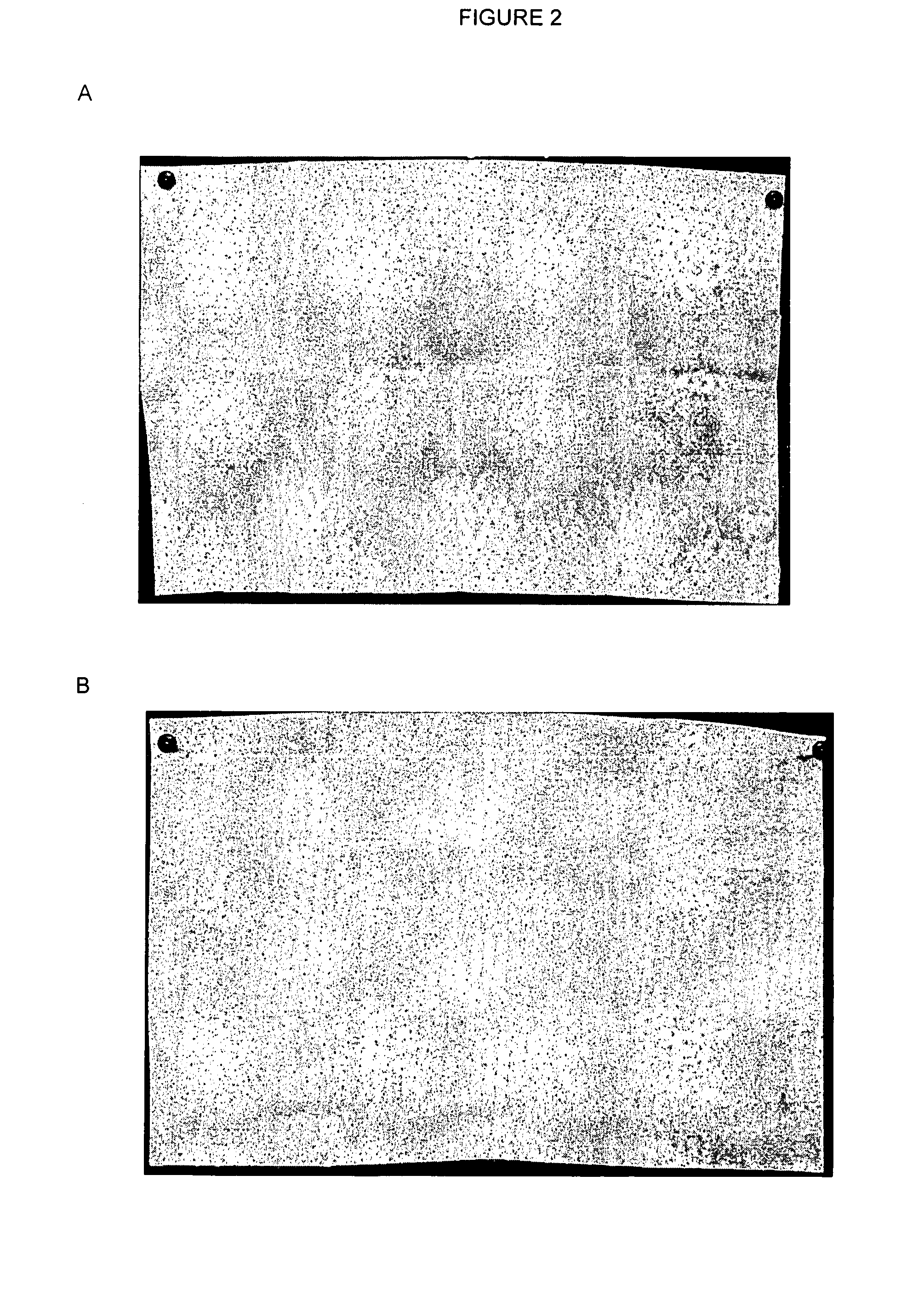Topical glycopyrrolate formulations
a glycopyrrolate and formulation technology, applied in the field of topical glycopyrrolate formulations, can solve the problems of affecting the performance of routine activities, and affecting the quality of life of many sufferers, so as to reduce the incidence of hyperhidrosis and alleviate the effect of hyperhidrosis
- Summary
- Abstract
- Description
- Claims
- Application Information
AI Technical Summary
Benefits of technology
Problems solved by technology
Method used
Image
Examples
example 1
Preparation of Glycopyrrolate Formulations
A: Glycopyrrolate Ethanolic Solutions (ES) Formulations
[0088]Glycopyrrolate ES formulations were prepared by adding the buffering agents, anhydrous citric acid (USP) and dehydrate sodium citrate (USP) to a beaker in the amounts in Table 2, and then, adding purified water thereto and stirring until they are dissolved. To this mixture, dehydrated alcohol in the amount of Table 2 was added and stirred to mix. 0 to 20% w / w of glycopyrrolate was then added and stirred until it was dissolved in the mixture. A placebo formulation was prepared for the clinical trials and 20% glycopyrrolate formulation was prepared for the toxicological test.
TABLE 2Composition of Glycopyrrolate ES formulations(All levels listed are % w / w.)API LevelPlacebo2%4%6%20%Formulation NoGrade640 / 1 / 3640 / 1 / 1640 / 1 / 2710 / 1 / 11710 / 1 / 9Glyco-USP0.002.004.006.0020.00pyrrolatePurifiedUSP39.9239.1238.3237.5231.91WaterDehydratedUSP59.8758.6757.4756.2747.86alcoholAnhydrousUSP0.150.150.150.1...
example 2
Determination of Glycopyrrolate Stability
[0090]In order to assess the stability of glycopyrrolate in solution form and in EPX™ gel form under various buffer and storage conditions, formulations of glycopyrrolate were stored in glass bottles or in pouches under the conditions indicated below. The rate modulating EPX gel technology is described in U.S. Pat. No. 6,211,250, the entire contents of which are incorporated herein by reference. As set out in Table 5, polyvinyl pyrrolidone and a butyl ester of polyvinylmethylether / maleic anhydride copolymer are used as polymers to modulate the rate of release of the glycopyrrolate (in accordance with the EPX rate modulating polymeric technology described in U.S. Pat. No. 6,211,250).
[0091]To examine the effect of different buffers at different ranges of pH, the buffer systems shown in Table 1 were tested.
TABLE 4pH RangeCitric / CitrateCitric TromethaminePhosphateEthanol4.1-7.44.0-6.03.3-7.1solutionEPX3.9-5.44.1-5.53.0-6.5
[0092]Table 5 shows the ...
example 3
Determination of Glycopyrrolate Stability
[0097]To asses the stability of glycopyrrolate in final packaging, six ES and EPX formulations and two EPX placebo formulations comprising 2% glycopyrrolate, at pH 4.0, 5.0 or without buffer, were prepared principally according to the method described in Example 1. Composition of the formulations prepared is shown in Table 10. The buffer system was citric / citrate. The formulations were packaged as folded wipes stored in individual laminated foil pouches. Approximately 3.0 g of each formulation was added to each folded wipe and sealed in individual pouches. The test duration was for 3 months at 5° C., 25° C. and 40° C.
The used wipe and pouch was as follows:
[0098]Wipe: Tudor 6″ AP686 69 g / m2, three fold and final center fold.
[0099]Size: 6″×4″±⅛″ (flat)
[0100]Loading: 55% of capacity—3.00 g—(3.35 mL)
[0101]Pouch: Glenroy 0.48 mil PET / 0.75 mil LDPE / 0.285 mil Foil / 0.75 mil CRC-1 / 1.50 mil LLPDEF
[0102]Size: 2.375″×3.5″±0.0625″
TABLE 10Formulation Compo...
PUM
 Login to View More
Login to View More Abstract
Description
Claims
Application Information
 Login to View More
Login to View More - R&D
- Intellectual Property
- Life Sciences
- Materials
- Tech Scout
- Unparalleled Data Quality
- Higher Quality Content
- 60% Fewer Hallucinations
Browse by: Latest US Patents, China's latest patents, Technical Efficacy Thesaurus, Application Domain, Technology Topic, Popular Technical Reports.
© 2025 PatSnap. All rights reserved.Legal|Privacy policy|Modern Slavery Act Transparency Statement|Sitemap|About US| Contact US: help@patsnap.com



